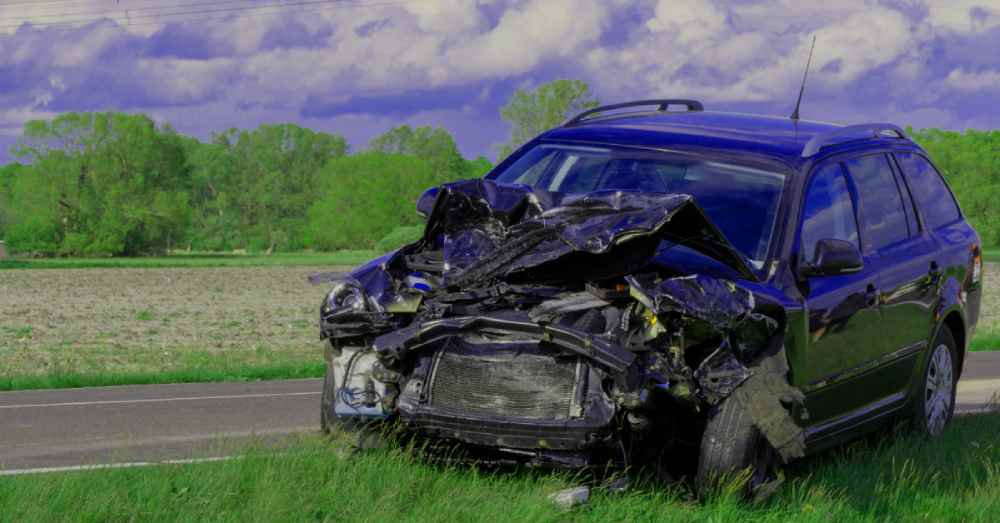You have to deal with numerous challenges, such as health issues and property damage, when your car gets involved in an accident. And, on top of that, if you listen to your vehicle being declared totaled, the overall experience becomes frustrating.
Many people are not much aware of the next steps if the insurance company says your car is totaled. It means that they do not find your car worth fixing. In this situation, understanding your rights, options, and how Total Loss Threshold Pennsylvania works can help you make a better decision and prevent you from losing money.
The insurance company declared your vehicle a total loss, but how did they determine it? Well, they use Pennsylvania Total Loss Threshold guidelines, which include specific rules based on fixed percentages or a formula. So, it refers to the rule that is used to find it out.
Unlike other states in the US, such as Missouri or Nevada, Pennsylvania does not use a fixed-percentage rule. Rather, it follows the total loss formula (TLF) to calculate the total loss. Whether you keep your car or accept the settlement offer, you need to understand how this formula works. It helps avoid last-minute surprises during the claim process.
Let us break down some important terms before understanding how the formula is applied.
Now, let us understand the total loss formula with the help of the following example
Imagine your car’s actual cash value was $10,000. The amount spent on repairs is $6,800, and the salvage value is $3,500.
The formula is Cost of Repairs + Salvage Value ≥ Actual Cash Value. Now let us use these values in the formula:
$6,800 + $3,500 = $10,300.
As we found that the cost of repair and salvage value together exceed ACV, your car is considered a total loss under the Pennsylvania Total Loss Threshold.
Now, what next when your vehicle is deemed totaled? Here are a few options that you should know about:
Your insurance company will offer you an amount, and you have the option to accept it. However, you are not obliged to do that. But once you accept it, the company will take ownership of your car. And the amount they offer will not include the payout. They will subtract the deductible from it if you are using your own insurance.
Another step is to transfer the ownership of the car to the insurance company. If you accept the settlement amount, you will need to sign over your title.
If you think that your car is undervalued or not worth what it should be, you can dispute their decision. Hire a professional appraisal service, such as ADR-Claims, that can help you determine your vehicle’s true worth. You can use our appraisal report as strong evidence to support your claim and negotiate a higher payout.
In Pennsylvania, you have an option of owner retention. It refers to keeping the totaled car and applying for a salvage certificate, followed by repairing it and passing an inspection to drive it again. If you opt for this, the insurers will pay you the ACV, deducting its salvage value.

If you are struggling with the total loss process in Pennsylvania, you must know about the few documents that you need to handle. It can help you make the process less stressful and smoother.
If you do not understand the law, available options, and your rights, you might end up accepting a low payout or losing your car when you do not need to do it. Having detailed knowledge of the application of these laws and rules, you can make a smarter choice that fits your current condition well. Here is why it becomes more important to understand the Total Loss Threshold Pennsylvania:
We understand that the claiming process can be confusing and overwhelming for you! If you are not sure what to do next, you can always seek reliable and professional support from ADR-Claims. We can help you every step of the way, offering legal guidance, assistance in understanding your rights, and trusted vehicle appraisal services. We can help take the stress off your shoulders and make the process smoother and hassle-free.
Reach out to the ADR-Claims team for all-around support in total loss claims!
Our quick and simple appraisal process can help you recoup vehicle-related losses.